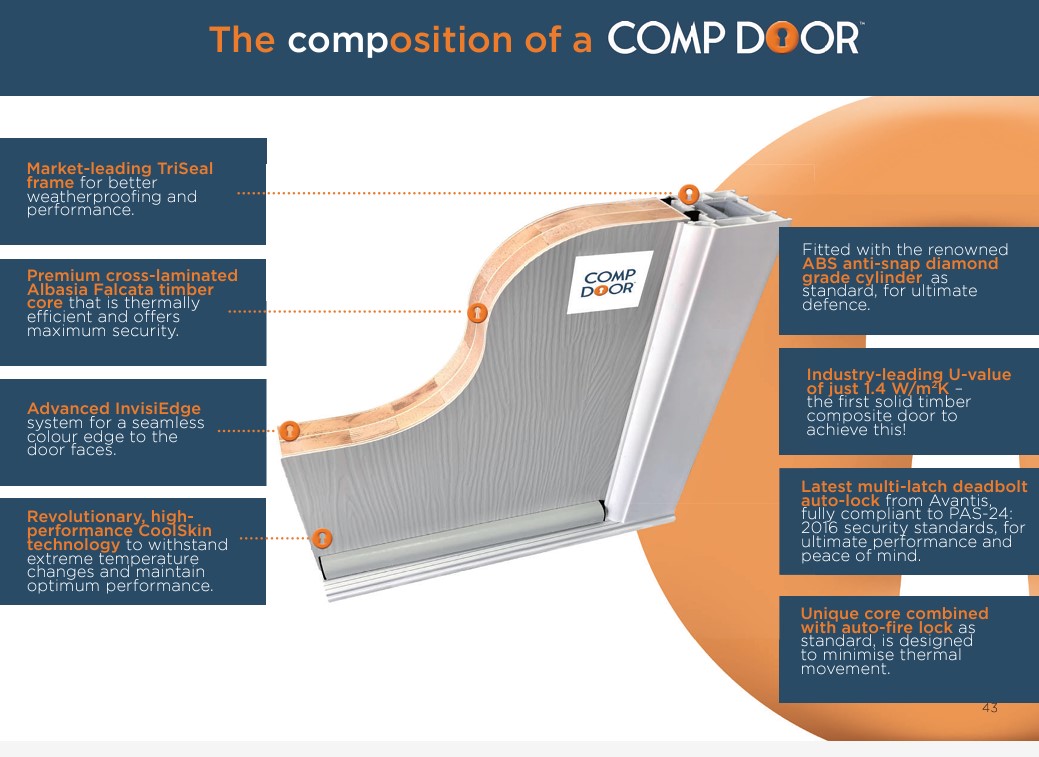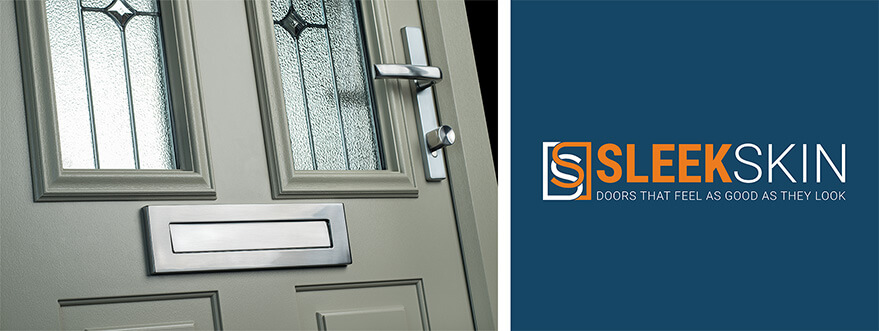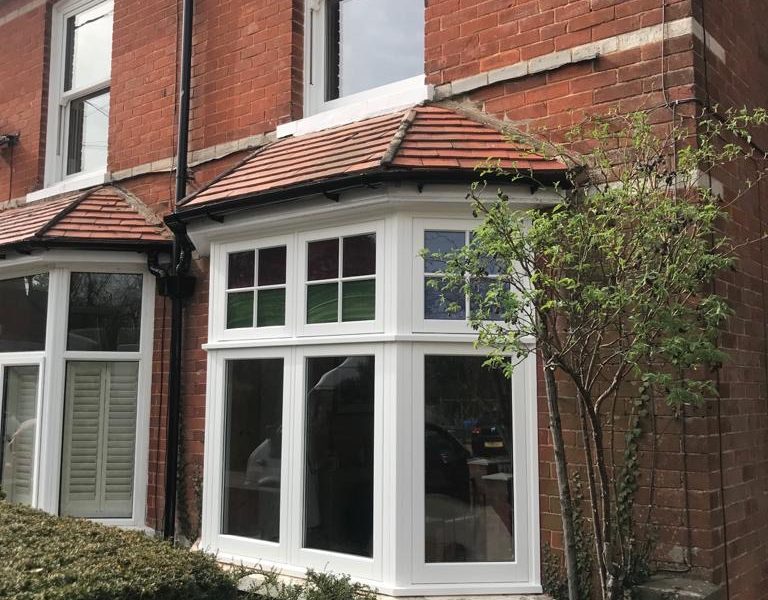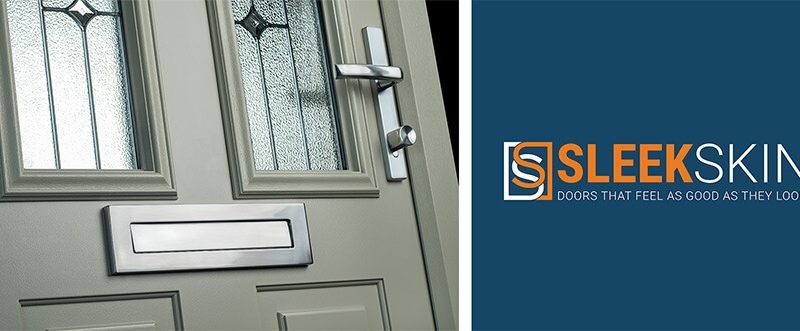
Timber - PVC - Aluminium - Windows, Doors & Conservatories in Hampshire
How to choose a new front door
How to choose a new front door
📌 How to Choose the Perfect Front Door
- Style Match: Your door should reflect your home’s architecture—Victorian, Cottage, or Modern.
- Material: Composite offers the best “wood look” with low maintenance; Aluminium offers the sleekest modern lines.
- Colour: Don’t just pick white. Anthracite Grey and Chartwell Green can boost kerb appeal instantly.

Your front door is the handshake of your home. It’s the first thing guests see and the primary barrier between you and the outside world. A well-chosen door doesn’t just secure your property; it transforms its entire character.
At KJM Group, we know that while security is non-negotiable, style is personal. Whether you live in a thatched cottage in Andover or a new build in Basingstoke, this guide will help you find the perfect match.
Table of Contents
1. Matching the Door to the Era
The golden rule of kerb appeal is consistency. A sleek, handle-less aluminium door might look stunning on a Grand Designs project, but it will clash horribly with a red-brick Victorian terrace.
The KJM Style Matcher
The Look
Solid panels at the bottom, two glazed panels at the top.
Best Colours
Black, Traffic Red, or Classic Blue.
Hardware
Central door knob, urn knocker, gold finish.
The Look
Vertical tongue-and-groove planks, small diamond glass.
Best Colours
Chartwell Green, Duck Egg Blue, Oak Woodgrain.
Hardware
Black wrought iron (monkey tail handles).
The Look
Full height glass or long vertical stainless steel bar handles.
Best Colours
Agate Grey, Anthracite Grey (RAL 7016), or Slate Grey.
Hardware
Brushed stainless steel, bar handles.
2. Material Choice: Wood vs Composite
You love the look of timber, but hate the maintenance. This is the modern homeowner’s dilemma.
If you are unsure about the technical differences between materials, we have a deep-dive comparison guide available below.
3. The Colour Revolution
Gone are the days when your only choice was White or “Wood Effect.”
Trending Now:
- Agate Grey: A softer alternative to Anthracite, perfect for blending with stone or light brick.
- Anthracite Grey: The undisputed king of modern renovations. It pairs perfectly with white render.
- Chartwell Green: A soft, pastel green that has become the standard for country cottages and heritage homes.
- Dual Colour: Remember, you can have a bold colour on the outside (like Red) but keep it White on the inside to keep your hallway bright and airy.
4. Privacy & Light (Glazing Options)
Your hallway needs light, but you don’t want people peering in. Choosing the right glass is the final piece of the puzzle.
For modern doors, Satin Glass (frosted) offers a clean, contemporary look with 100% privacy. For traditional doors, Leaded or Bevelled glass adds character and mimics original period features.
📚 Dive Deeper into the Technical Details
- Materials: Composite vs uPVC: Which is Really Better?
- Security: The 5 Best Security Features for Front Doors
- Maintenance: How to Clean Your Composite Door
5. Frequently Asked Questions
Yes. On a new Composite door, you can choose to have the letterbox at the bottom, in the middle, or not at all! Many people now choose a wall-mounted post box to keep the door looking clean and improve thermal efficiency.
A stable door is split horizontally, allowing you to open the top half for ventilation while keeping the bottom half locked (great for keeping pets or toddlers inside). Modern composite stable doors are high-security and draught-proof.
Not if you choose a quality door. KJM’s composite doors use a GRP skin where the colour is bonded into the material, not just painted on. They are UV-stable and designed to withstand decades of direct sunlight without fading.
- 2026 Design Trends: The 4 Window & Door Styles Defining the Year - 19 December 2025
- The 2026 Glazing Outlook” – High-level summary of the pivot to growth. - 9 December 2025
- Industry News: The Future Homes Standard 2025 & What It Means for Your Windows - 1 December 2025














